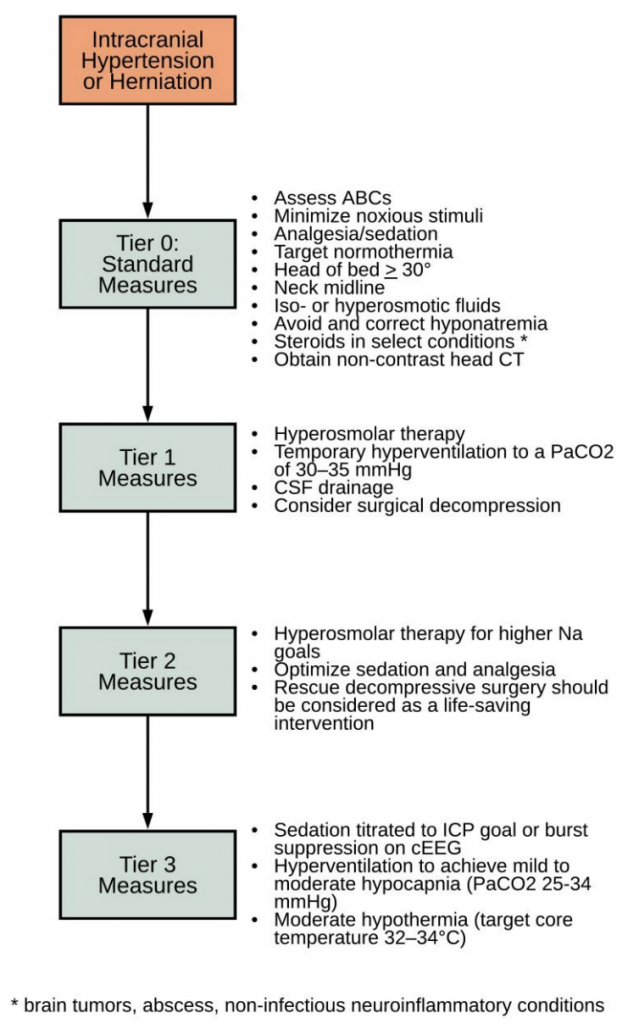Podcast: Play in new window | Download
Subscribe: Apple Podcasts | Spotify | Android | Pandora | iHeartRadio | TuneIn | RSS
A patient with multiple abdominal gunshot wounds, resuscitated before and after damage control surgery by the legendary Scott Weingart (@emcrit): emergency physician, surgical intensivist by way of Shock Trauma in Baltimore, director of an emergency critical care program, and longtime innovator in medical education and FOAM via the EMCrit podcast and blog.
Our 1st anniversary episode!
Takeaway lessons
- In an ideal world, penetrating abdominal trauma in an unstable patient would proceed directly to the OR with no delay by the ED. Resuscitation, obtaining access, and so forth can occur in the OR perioperatively.
- Have a low threshold for activating the massive transfusion protocol. (A positive FAST would reinforce that decision.)
- Venous access: an introducer sheath (Cordis) or dialysis catheter in the femoral or subclavian veins. Blind subclavian lines may be ideal but are a dying skill (ultrasound-guided subclavians are too slow). Femoral lines are somewhat less desirable with abdominal trauma as the IVC may be violated. Always use ultrasound for the fem. Ultrasound-guided IJ is okay if that’s all your people are comfortable with. Peripherals are okay, a RICC is better, but central access is most reliable.
- Arterial access: consider an 18g femoral arterial line in the common femoral artery, allowing BP monitoring but also wire insertion in case endovascular procedures are needed, such as REBOA or IR embolization. A 16g arterial is a bit over-large but okay. 20g is okay but needs upsizing later.
- Give TXA if within 1 hour (not 3 hours) of injury: 1 gram with the first unit of blood. (2 grams is an option too.) The need for the subsequent maintenance drip can be determined by TEG later.
- Not too much role for TEG in the initial ED presentation. Takes too long for the “clot stability” portion to develop anyway. But it’s useful after surgery, during the post-acute phase.
- A secondary CT scan, even performed after initial damage control surgery, can be very useful to localize non-obvious lesions which may require a secondary repair. If not performed, a careful clinical tertiary survey is mandatory to evaluate for extremity perfusion (i.e. a missed vascular injury) and other injuries not noted during surgical exploration.
- Labs are slow. Point of care labs are a little better. During the most acute period, mostly transfuse to target vitals (MAP >65 or so). As they begin to achieve hemostasis, things slow down, and it start to become possible to follow labs. Continue to use a balanced ratio unless you can use TEG to guide FFP and platelets.
- Check body temperature and use forced-air rewarming if needed.
- Some degree of distributive shock can result from the post-traumatic inflammatory (SIRS) response, especially downstream of the first hour or two. Vasopressin may be the first line agent for this, as many trauma patients are vasopressin-depleted. Still, assume all shock is hemorrhagic until proven otherwise. Skin temperature helps some, as vasodilation = warm but hypovolemia = cold. As volume is replaced, vasopressors come off, and perfusion overall improves; a “good” BP with ice-cold extremities is still in shock and still organ-injurious.
- Most importantly, shock is a vicious cycle, so the sooner you can correct hypoperfusion, the less secondary distributive shock and organ failure you’re likely to see down the road.
- Push calcium chloride to maintain a normal ionized calcium, which may have a nice BP effect as well.
- Use ultrasound (as windows allow), particularly to rule out the need for inotropes.
- Empiric cryo not a bad idea early. Later, use either TEG or labs, in which case target a fibrinogen level of >150 or even >200.
- Consider PCCs (KCentra) if: 1. FFP is delayed or unavailable; 2. Very behind in resuscitation (i.e. unbalanced resuscitation or lots of crystalloid so far); 3. Patient is on warfarin; 4. Cirrhotics.
- Activated Factor VII (NovoSeven) probably has no role at this point. It makes transient clots, but not durable ones, and causes pathologic thrombi; outcomes are poor. PCCs including activated VII is probably better, if you must.
- Autotransfusion (i.e. from chest tube drainage) is a logistical pain, clotty, and really only a substitute for PRBCs, since after hitting the container it contains almost no clotting factors or platelets. Usually not worth the bother. Banked whole blood would be much better, but is also a logistical challenge from a systems perspective.
- Serious ongoing bleeding in excess what can be matched with a properly-executed MTP is probably a soft indication to surgically reexplore, or at least consider imaging for missed injuries, since purely “medical” bleeding will infrequently be so brisk. Particularly when the initial exploration was in the setting of serious multi-trauma, missing an injury is common, particularly when they’re under-resuscitated (and hence “permissively” hypotensive) at the time of exploration.
- If you must give crystalloid instead of blood, consider hypertonic saline, preferably buffered.
- Tolerating a lower MAP (maybe down to 50–55) may be better than giving high doses of vasopressors or crystalloid while waiting for blood. If bleeding seems to have stopped, however, you might start treating hypotension as purely distributive shock and allow higher vasopressor doses.
- In a young trauma patient with good baseline condition, aggressive curative care is probably ethical almost ad infinitum. It’s often reasonable to continue efforts until they arrest and die or resources are exhausted.
- The truly sick trauma patient does not “take a joke,” and absolutely requires your undivided attention and the most astute, timely, on-the-ball care you can provide. Your normal “max effort” is not enough; like a lazy runner, you need to push and find your true limits in order to save these people.
References
- The ICU trauma resuscitation: More reading on the post-op resuscitation process.

